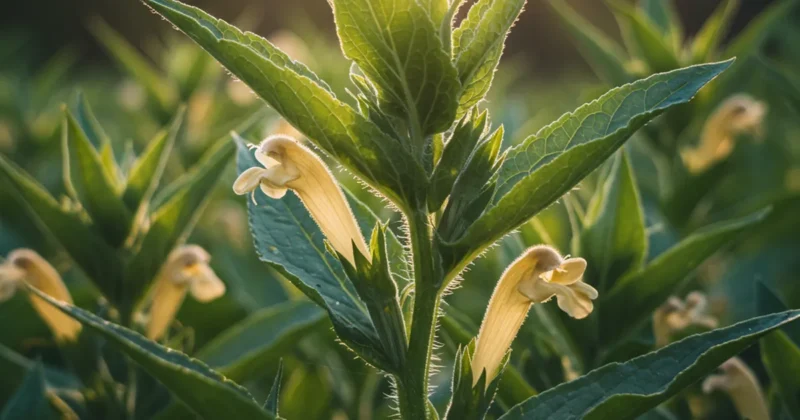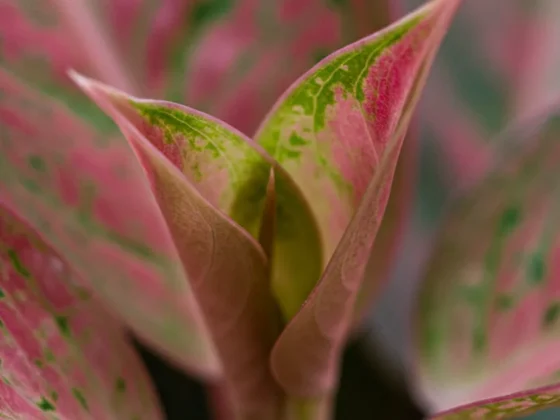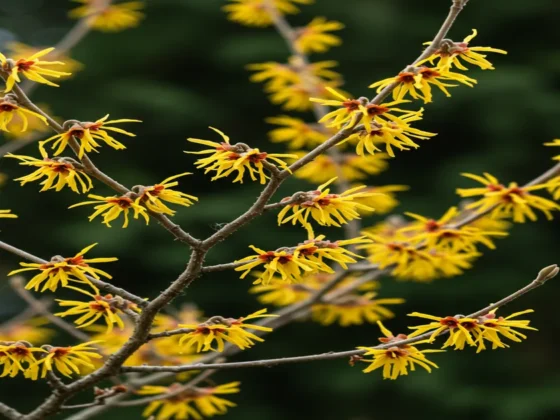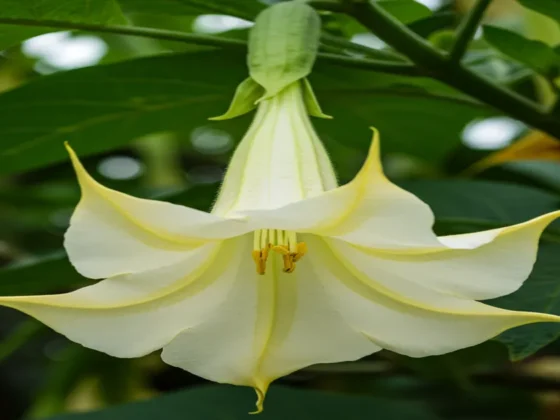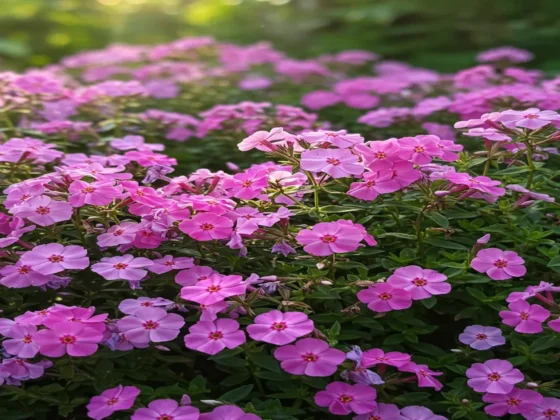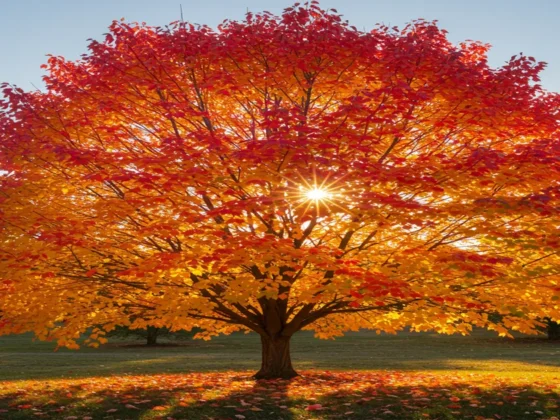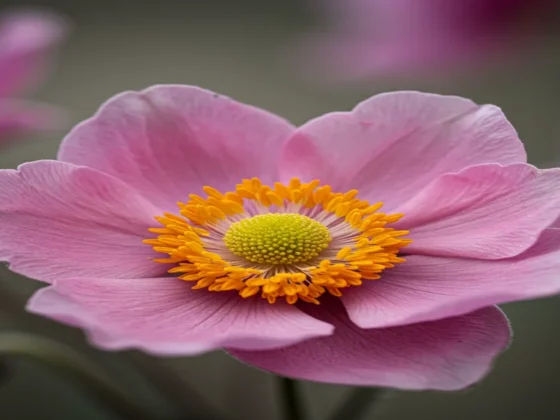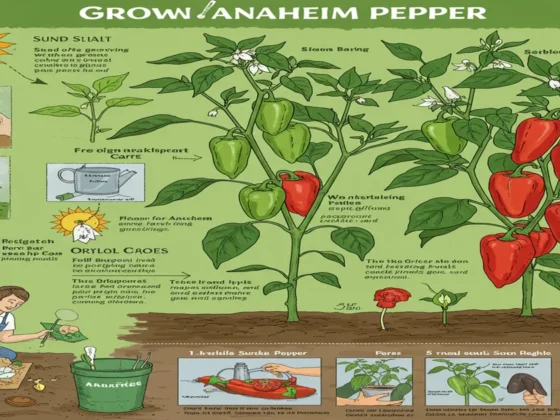Introduction:
Bugleweed (Ajuga reptans) is a rapidly growing, herbaceous perennial ground cover plant that effectively suppresses weeds. This plant thrives in full sun to partial shade and favors moist soil.
It spreads through runners that root to create new plants, allowing it to swiftly take over its growing area. The species name reptans means creeping, highlighting Bugleweed’s aggressive spreading nature. To prevent it from encroaching on other parts of your garden or lawn, plant it strategically.
| Common Name | Bugleweed, common bugleweed, ajuga, carpet bugle, blue bugle, carpetweed, carpenter’s herb |
| Botanical Name | Ajuga reptans |
| Family | Lamiaceae |
| Plant Type | Herbaceous, perennial |
| Mature Size | 6-12 in. tall, 6-12 in. wide |
| Sun Exposure | Full, partial |
| Soil Type | Well-drained |
| Soil pH | Acidic |
| Bloom Time | Spring |
| Flower Color | Blue, violet |
| Hardiness Zones | 3-10 (USDA) |
| Native Area | Europe, Africa, Asia |
Guide to Bugleweed Care
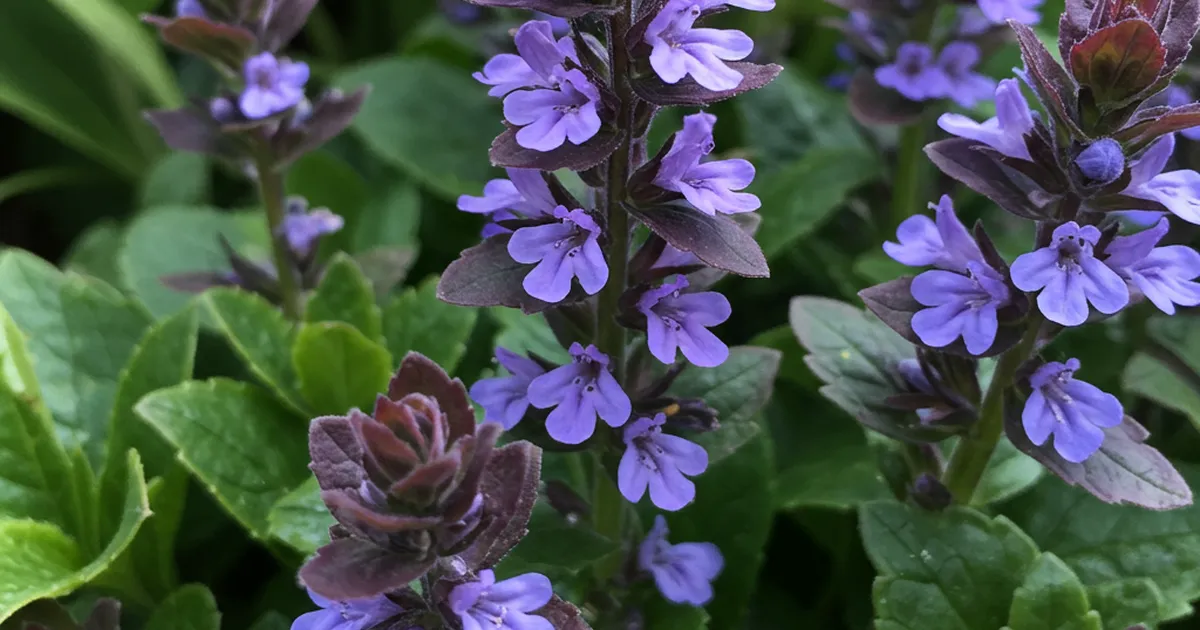
Bugleweed is ideal for planting on slopes, around trees, and shrubs. Below are the key care instructions for cultivating bugleweed:
- Opt for a location with full sun to partial shade.
- Plant in moist, well-draining soil.
- Water occasionally to prevent soil dryness.
- Ensure good air circulation by spacing plants about one foot apart.
Planting Bugleweed
The optimal time for planting bugleweed is in the spring. Choose a partially shaded spot and space plants one foot apart. Dig a hole larger than the root ball, place the plant, backfill with soil, and water thoroughly.
Light Requirements
Bugleweed flourishes in full sun to partial shade areas. The foliage color is most vibrant with three to four hours of daily sunlight.
Soil Preferences
Bugleweed thrives in well-drained soils with medium moisture and organic matter. It can withstand moderately dry conditions.
Watering Needs
Bugleweed prefers moist soil. Water new plants with one to two inches weekly, including rainfall. Established plants can handle some dryness but require one inch of water weekly. Water when the top soil is dry.
Temperature and Humidity
Bugleweed adapts to various temperatures and is perennial in zones 3 to 10. In hot, humid regions, ensure good air circulation to prevent crown rot.
Fertilizing
Fertilizing is seldom needed unless the plant grows in poor soil. Use an all-purpose granular fertilizer or water-soluble fertilizer at one tablespoon per gallon of water.
Apply fertilizer in the morning and rinse off any granules from the leaves.
Trimming
Trimming is essential to manage bugleweed growth. Trim the runners twice a year to prevent them from spreading beyond the desired area.
Additionally, remove the flower spikes in late summer once the flowers have withered. For larger areas of bugleweed, consider using a lawnmower with the blade set to a high level for trimming.
If the plants become overcrowded, thin them out in the autumn by digging up the entire cluster and replanting half of the roots. To prevent bugleweed from taking over your garden beds, be diligent about pulling it out from unwanted areas; otherwise, it could become a nuisance.
Propagation of Bugleweed
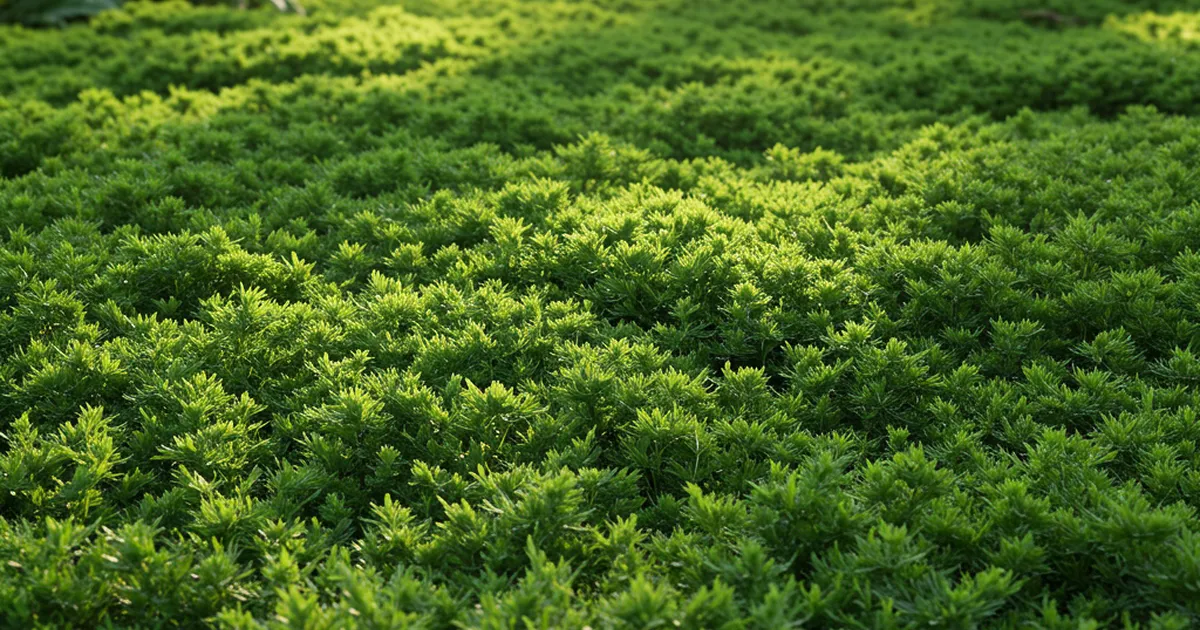
Bugleweed is a plant that can be easily propagated through division. The best time to do this is during spring or fall, when there is no risk of frost. Bugleweed spreads by creating underground runners that generate new plants around the original plant.
If the plant colonies become too dense or are spreading too quickly, you can dig up the runners, divide them, and then transplant them. Here are the steps to follow:
Guidelines for Cultivating Bugleweed from Seeds
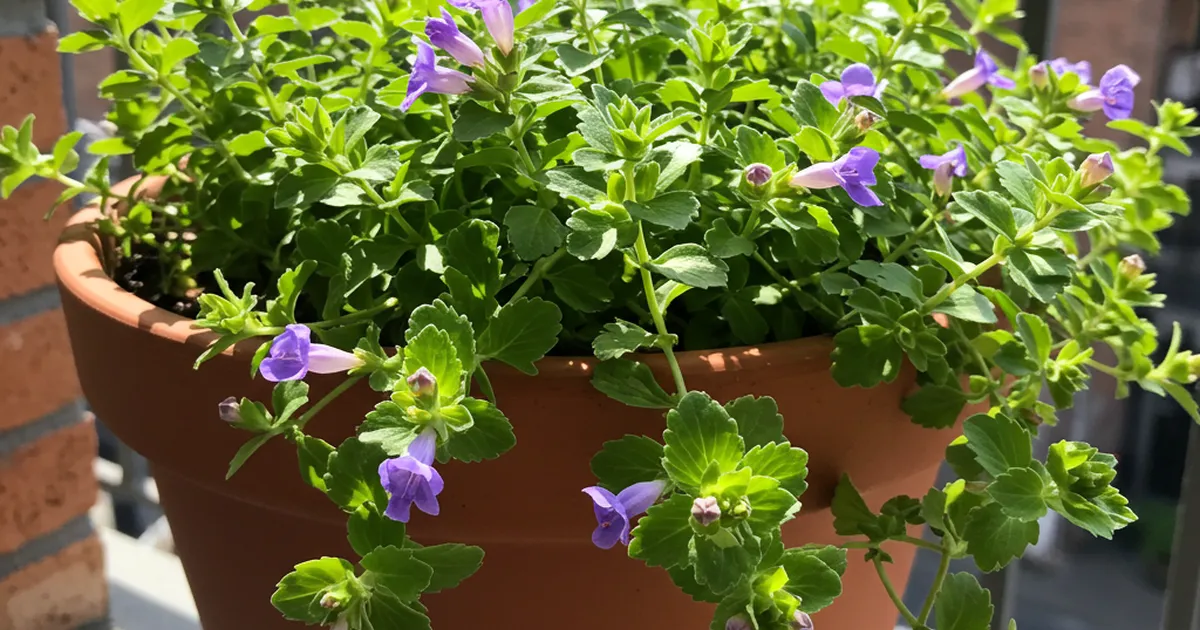
Raising Bugleweed plants from seeds is a straightforward process. Initiate the seeds indoors at the beginning of spring. Here’s the procedure:
Planting and Replanting Bugleweed
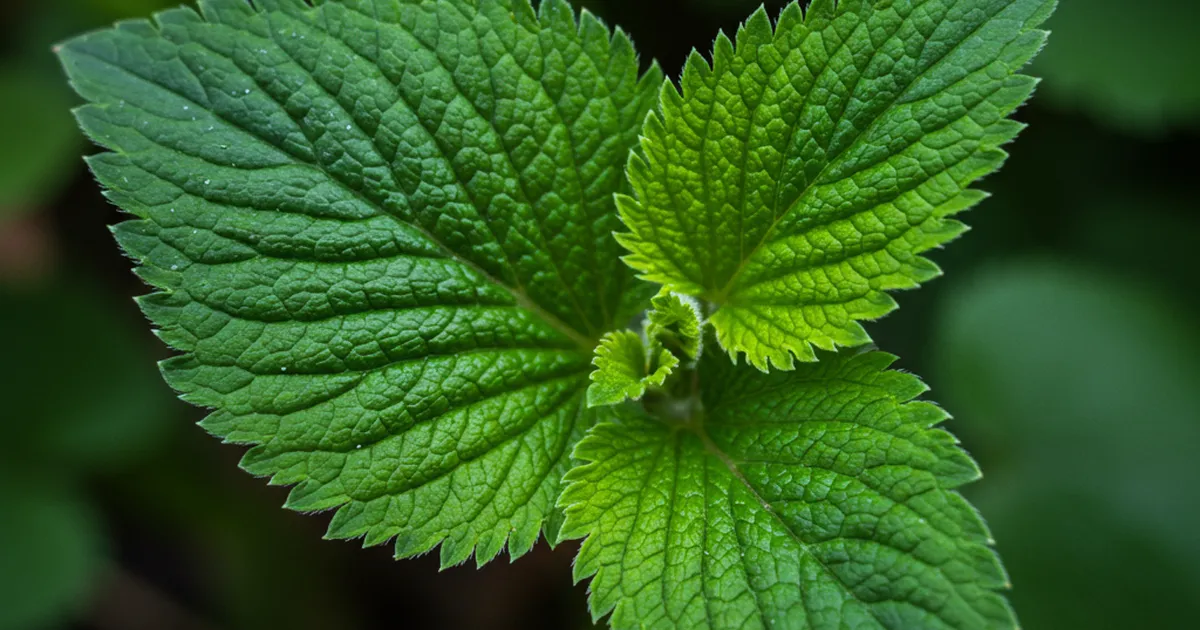
Bugleweed is suitable for container planting and enhances the visual appeal of any arrangement. When selecting a pot, ensure it has proper drainage. Any kind of pot will suffice.
When it comes to replanting bugleweed in its own container, it is recommended to do so every few years. Opt for a pot that is just slightly larger in diameter, about one or two inches. Should bugleweed start to outgrow its space in an arrangement, you can either trim it back or remove it altogether.
Common Insects & Plant Illnesses
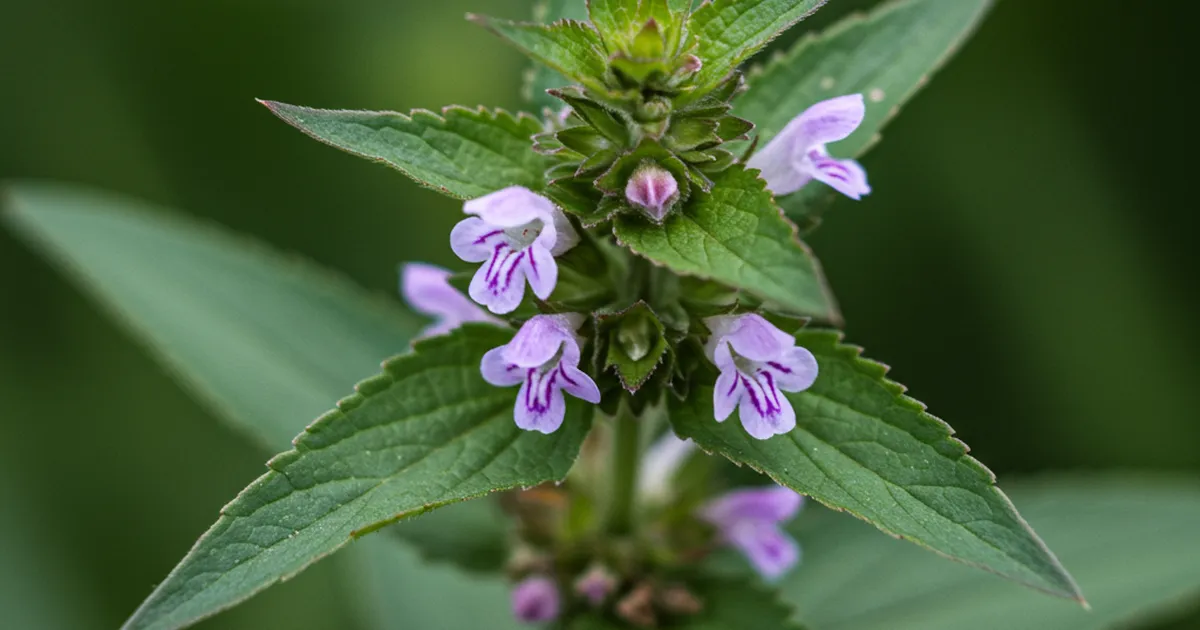
Bugleweed is generally not prone to pests and diseases. The main insect that is attracted to the plant is the aphid, which can be removed by spraying the plant with a garden hose.
Another common issue bugleweed may face is crown rot, a disease that originates in the soil and can affect plants that are overcrowded and lack proper air circulation. This problem is common in humid regions or when the plant is situated in dense soils. Planting bugleweed in well-drained soil can help prevent crown rot.
Tips for Encouraging Bugleweed Flowering
Flowering Period
Bugleweed typically blooms in the middle to late part of spring.
Characteristics of Bugleweed Flowers
Bugleweed displays glossy, deep green leaves and striking flower spikes in shades of blue, violet, or purple. It can grow up to eight to ten inches in height, although certain varieties have shorter flower spikes.
Removing Spent Bugleweed Flowers
To maintain a tidy appearance, prune or mow bugleweed once its flowering period is over.
Common Issues With Bugleweed
Watch out for these prevalent problems.
Yellowing Foliage
If you observe yellowing leaves on your bugleweed, it may be a result of crown rot. Ensure planting in well-draining soil and avoid overwatering, particularly in humid conditions.
Leaf Drop
Dropping leaves on bugleweed can be caused by insufficient sunlight. Make sure your plant is positioned where it can receive full sun to partial shade.
FAQ
What plants complement bugleweed in a garden?
You will find numerous companion plants for bugleweed that thrive in partial or full shade. For instance, consider pairing it withcoral bells,daffodils,violas,forget-me-nots,astilbe, andhardy geraniums. For additional greenery, consider plantinghostasand ferns.
Does bugleweed emit a fragrance?
Despite the prominent blue flowers, bugleweed does not have any scent.


